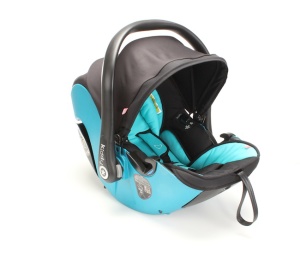The Volvo XC90 is a rather unique luxury Swedish mid-sized SUV that’s been available in the United States for more than a decade, competing with foreign and domestic 3-row luxury offerings like the Audi Q7, Mercedes-Benz GL-Class, Buick Enclave, Infiniti Q60, and Lexus GX, as well as with its smaller company sibling, the Volvo XC60. The XC90 has a reputation as a safe, if somewhat temperamental SUV, and is often chosen by parents interested in safe transportation for their families with a bit of luxury along the way. I borrowed both generations of the XC90 this past weekend in order to take a look at its utility from a 3 across car seat perspective.
I always advocate starting with the basics when it comes to car seat safety, and that means rear-facing children as long as possible (ideally until 4!), and then forward-facing our kiddos as long as feasible (ideally until 8!), and then placing them in booster seats until they’re capable of using a regular seat belt (which typically happens between 10 and 12). These guidelines are meant to keep our little ones as safe as possible by restraining them appropriately as long as feasible.
However, if you’re going to make sense of best practices, you need to have an idea of which car seats are and aren’t going to fit well in your Volvo XC90, which is why I put this guide together. I got out all of my easily-accessible car seats, set up shop in my garage, and several bruised knuckles later, came up with a rather detailed list of which car seats will fit 3 across in an XC90. The list isn’t complete, but it’s off to a great start. If you find it useful, you can show your support by shopping through my Amazon link below. I’ll add more seats as I test them over time.
You can access the complete 3 across guide for every vehicle here and the complete list of recommended seats here. The Canadian car seat guide is here. 3 across car seat images are courtesy of Wikipedia or taken by yours truly.
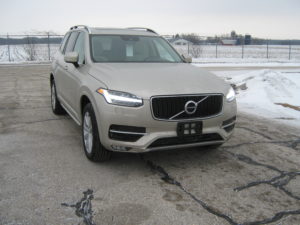 2016, 2017, 2018 Volvo XC90
2016, 2017, 2018 Volvo XC90
Guaranteed 3 across installations:
Clek Fllo (x3).
Clek Foonf (x3).
Chicco KeyFit 30 (x3).
Clek Oobr, Chicco KeyFit 30, Britax Frontier 90.
Diono Radian / RXT, Recaro ProRIDE, Maxi-Cosi Pria 70.
Britax Advocate ClickTight, Britax Roundabout G4.1, Chicco KeyFit 30.
Britax Advocate G4.1, Britax Roundabout G4.1, Chicco KeyFit 30.
Britax Advocate G4, Britax Roundabout G4, Chicco KeyFit 30.
Britax Boulevard ClickTight, Britax Roundabout G4.1, Chicco KeyFit 30.
Britax Boulevard G4.1, Britax Roundabout G4.1, Chicco KeyFit 30.
Britax Boulevard G4, Britax Roundabout G4, Chicco KeyFit 30.
Britax Marathon ClickTight, Britax Roundabout G4.1, Chicco KeyFit 30.
Britax Marathon G4.1, Britax Roundabout G4.1, Chicco KeyFit 30.
Britax Marathon G4, Britax Roundabout G4, Chicco KeyFit 30.
Combi Coccoro (x3).
Tips and Tricks:
The current generation of the XC90 is 195 inches long and 78 inches wide, which means the world is practically your oyster when it comes to 3 across installations across the 2nd row. That said, using seat belts will help you maximize the ample space you have in that row; save LATCH for when you only need to install one or two seats.
You can also install up to 2 seats in the 3rd row, although you don’t have nearly as much room to play with there as you do in the 2nd row. You’re also going to be somewhat limited in front-to-back space in both the 2nd and 3rd row, so you’ll want to consult my list of space-saving convertibles if you’ve got taller passengers or drivers to accommodate.
Something to keep in mind is that, while there are 3 top tether anchors available in the 2nd row, there aren’t any in the 3rd row, which makes the 3rd row unsuitable for installing forward-facing car seats. You’ll also struggle to install infant seats there (due to front-to-back space), so the 3rd row will be best suited for booster seats and small adults. Remember not to skimp on top tethers while forward-facing; they’re very important.
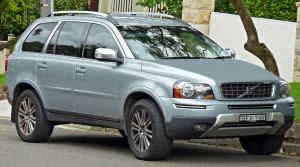 2003, 2004, 2005, 2006, 2007, 2008, 2009, 2010, 2011, 2012, 2013, 2014 Volvo XC90
2003, 2004, 2005, 2006, 2007, 2008, 2009, 2010, 2011, 2012, 2013, 2014 Volvo XC90
Guaranteed 3 across installations:
Clek Fllo (x3).
Chicco KeyFit 30 (x3).
Clek Oobr, Chicco KeyFit 30, Britax Frontier 90.
Diono Radian / RXT, Recaro ProRIDE, Maxi-Cosi Pria 70.
Britax Advocate ClickTight, Britax Roundabout G4.1, Chicco KeyFit 30.
Britax Advocate G4.1, Britax Roundabout G4.1, Chicco KeyFit 30.
Britax Advocate G4, Britax Roundabout G4, Chicco KeyFit 30.
Clek Foonf (x3).
Britax Boulevard ClickTight, Britax Roundabout G4.1, Chicco KeyFit 30.
Britax Boulevard G4.1, Britax Roundabout G4.1, Chicco KeyFit 30.
Britax Boulevard G4, Britax Roundabout G4, Chicco KeyFit 30.
Britax Marathon ClickTight, Britax Roundabout G4.1, Chicco KeyFit 30.
Britax Marathon G4.1, Britax Roundabout G4.1, Chicco KeyFit 30.
Britax Marathon G4, Britax Roundabout G4, Chicco KeyFit 30.
Combi Coccoro (x3).
Tips and Tricks:
This generation of the Volvo XC90 is 189 inches long and 75 inches wide, which means that it’s about as likely to fit most car seats as any other mid-sized SUV on the market.
One of the unique things about the XC90 is that many models come equipped with a 2nd row center slide out booster seat. It’s a nice feature, but being a backless booster, it’s not one I’d recommend unless you didn’t have a high back booster available. That said, hopefully more vehicles start including built in seats over time.
Unlike many mid-sized SUVs, it has an optional 3rd row, but the 3rd row only accommodates 2 seats, which means you don’t have any additional flexibility when it comes to 3 across installations. As usual, look to seat belt installations to garner additional space when attempting installations. Additionally, if you’re planning on using Radians in the 2nd or 3rd rows, you’ll definitely want to pick up an angle adjuster so you can rear-face them without bumping into the seats in front of the car seat.
If you find the information on car safety, recommended car seats, and car seat reviews on this car seat blog helpful, you can shop through this Amazon link for any purchases, car seat-related or not. Canadians can shop through this link for Canadian purchases.

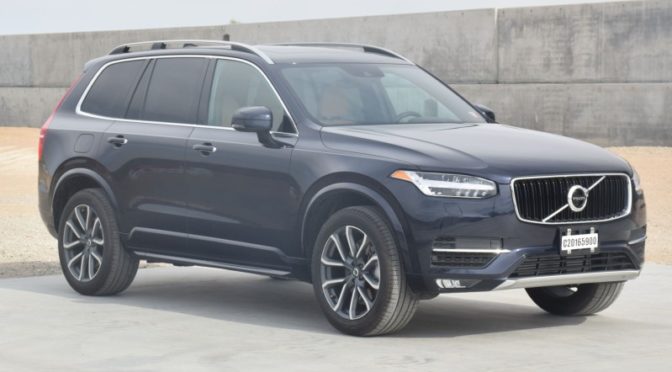
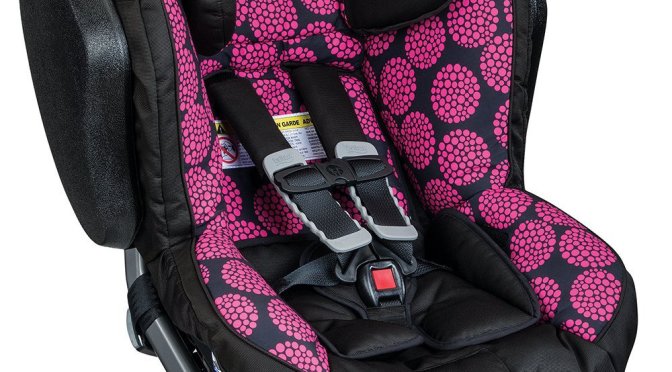
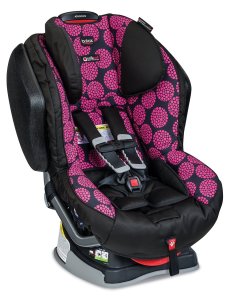

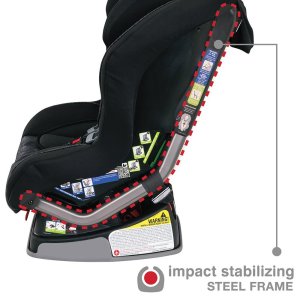
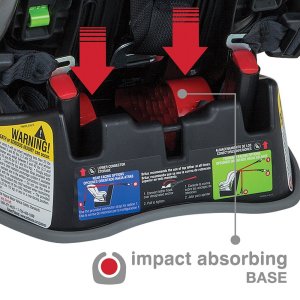
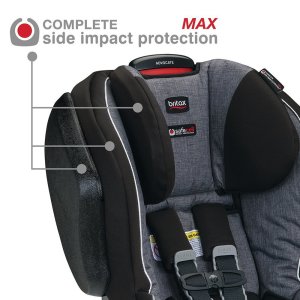
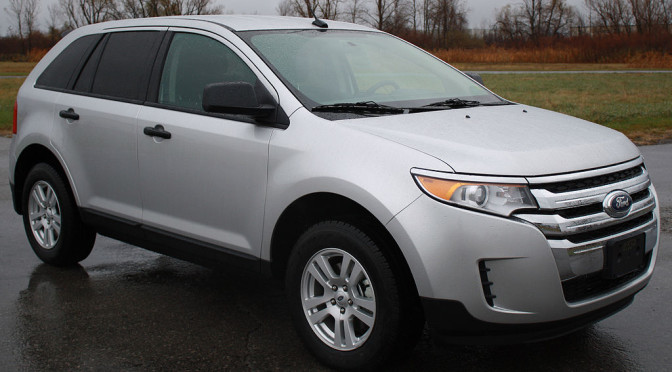
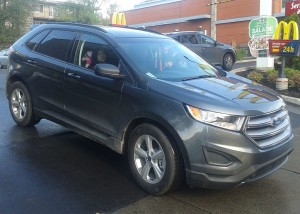 2015, 2016 Ford Edge
2015, 2016 Ford Edge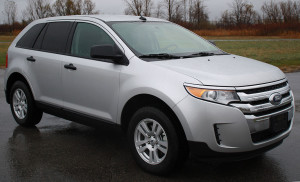 2007, 2008, 2009, 2010, 2011, 2012, 2013, 2014 Ford Edge
2007, 2008, 2009, 2010, 2011, 2012, 2013, 2014 Ford Edge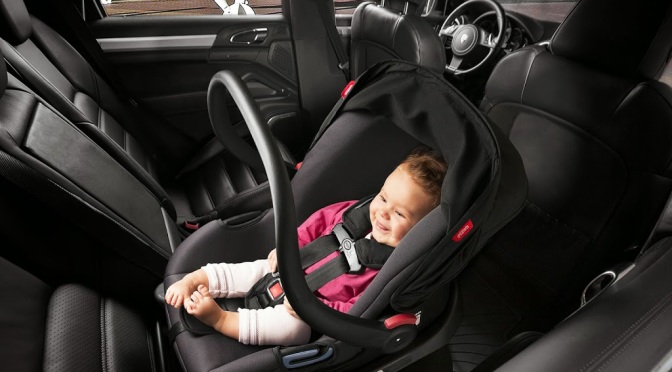
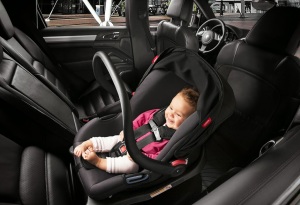
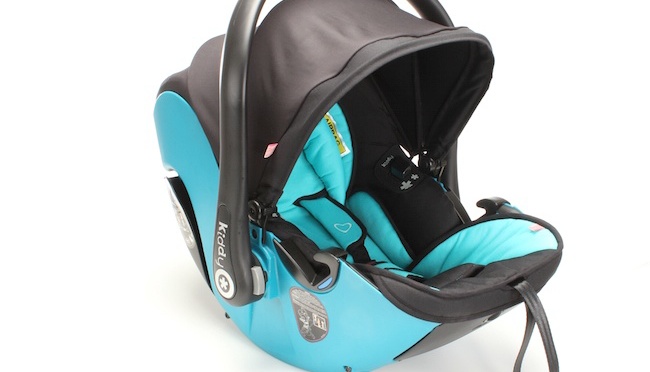
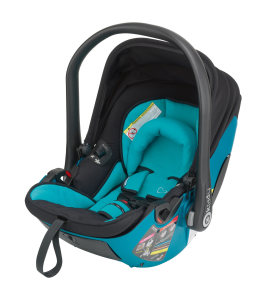
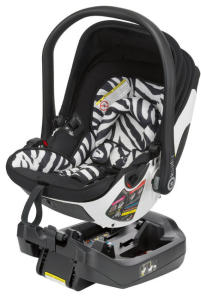
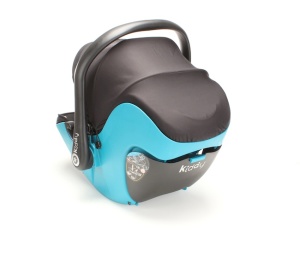
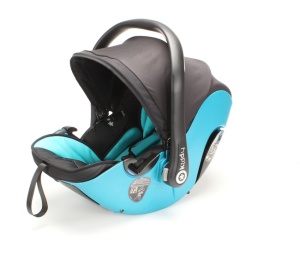
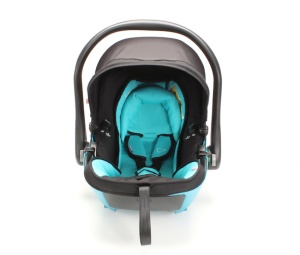 The harness of the Evolution Pro is a no-rethread harness, which is always nice for speed in adjustability, and you have five different harness heights to choose from. Something else that’s unique about the Evolution Pro is that you get a 3-point harness instead of a 5-point one. It’s just as safe and is actually the default harness configuration in Europe. The reason why a 3-point harness is used is because it allows the Evolution Pro internal seat to lie flat when it’s not in the vehicle, which is the next point of discussion.
The harness of the Evolution Pro is a no-rethread harness, which is always nice for speed in adjustability, and you have five different harness heights to choose from. Something else that’s unique about the Evolution Pro is that you get a 3-point harness instead of a 5-point one. It’s just as safe and is actually the default harness configuration in Europe. The reason why a 3-point harness is used is because it allows the Evolution Pro internal seat to lie flat when it’s not in the vehicle, which is the next point of discussion.